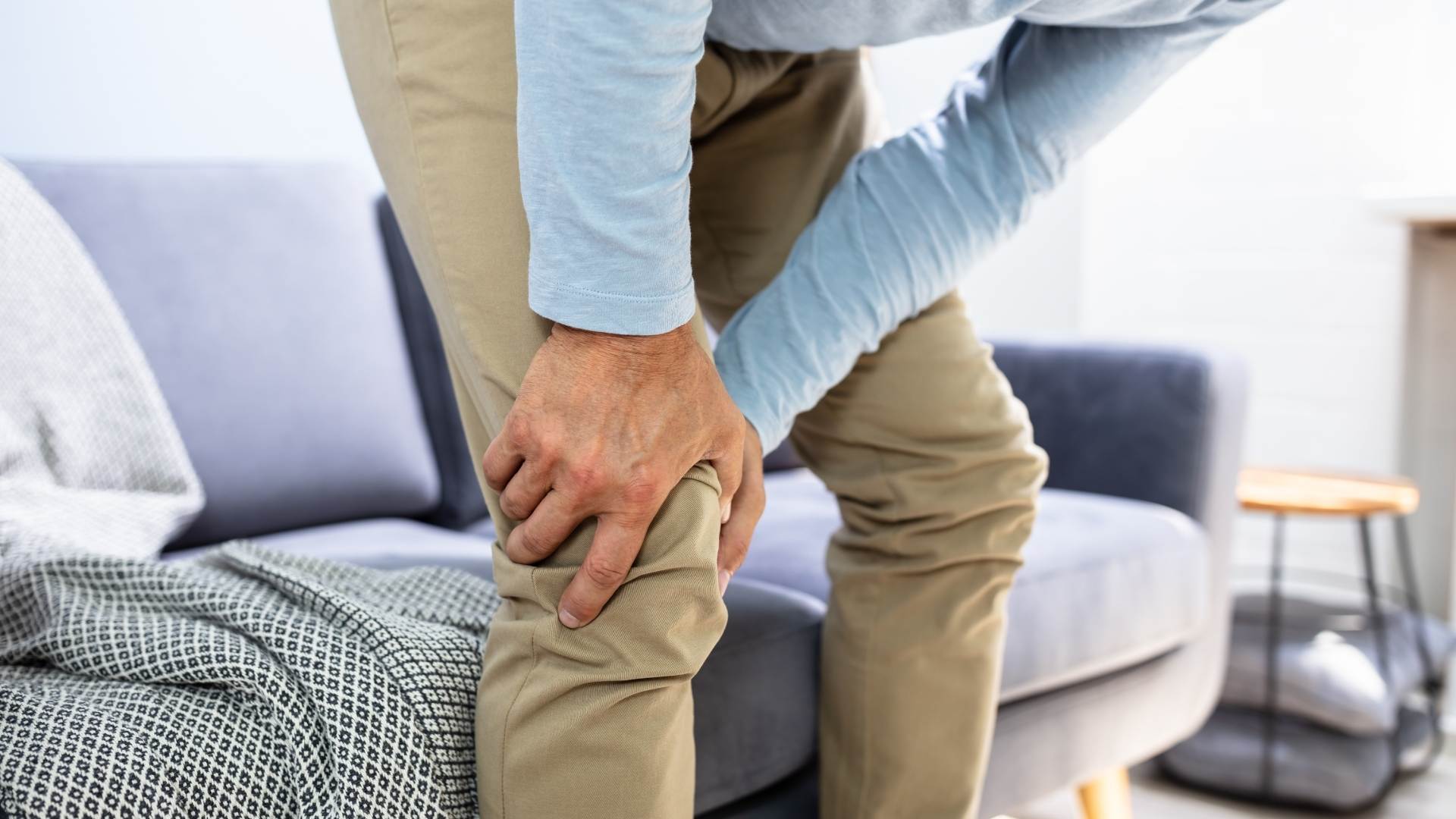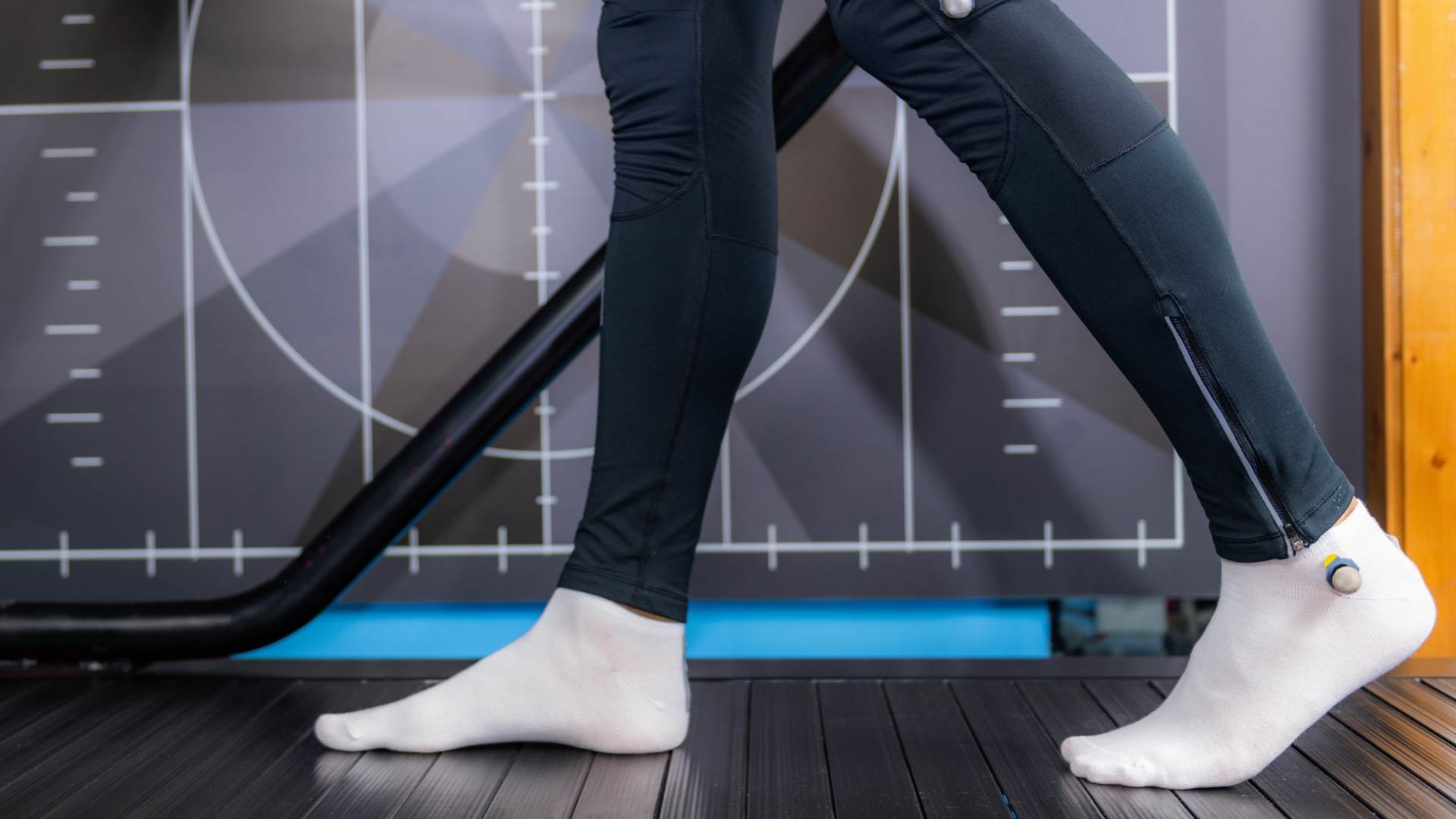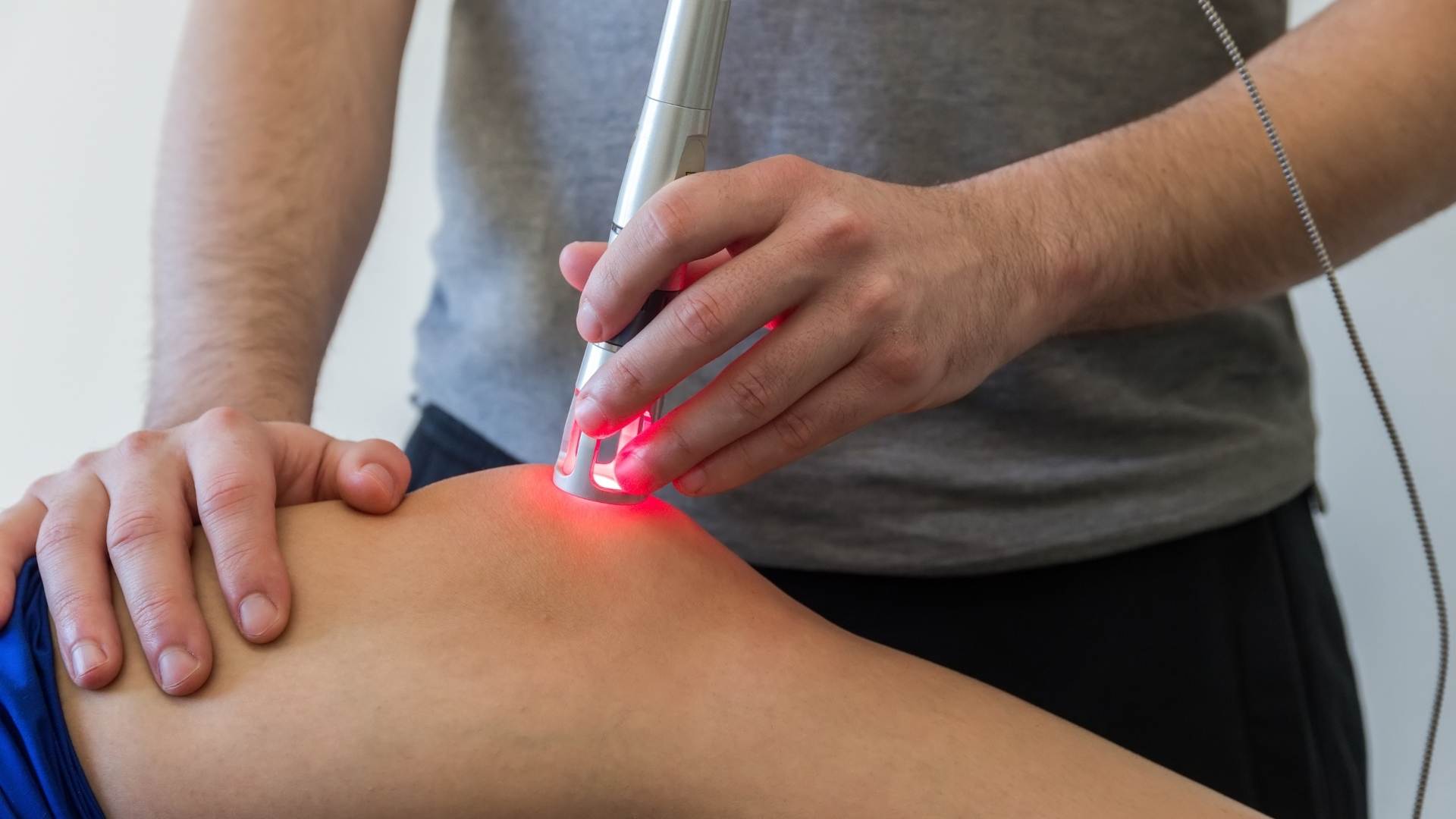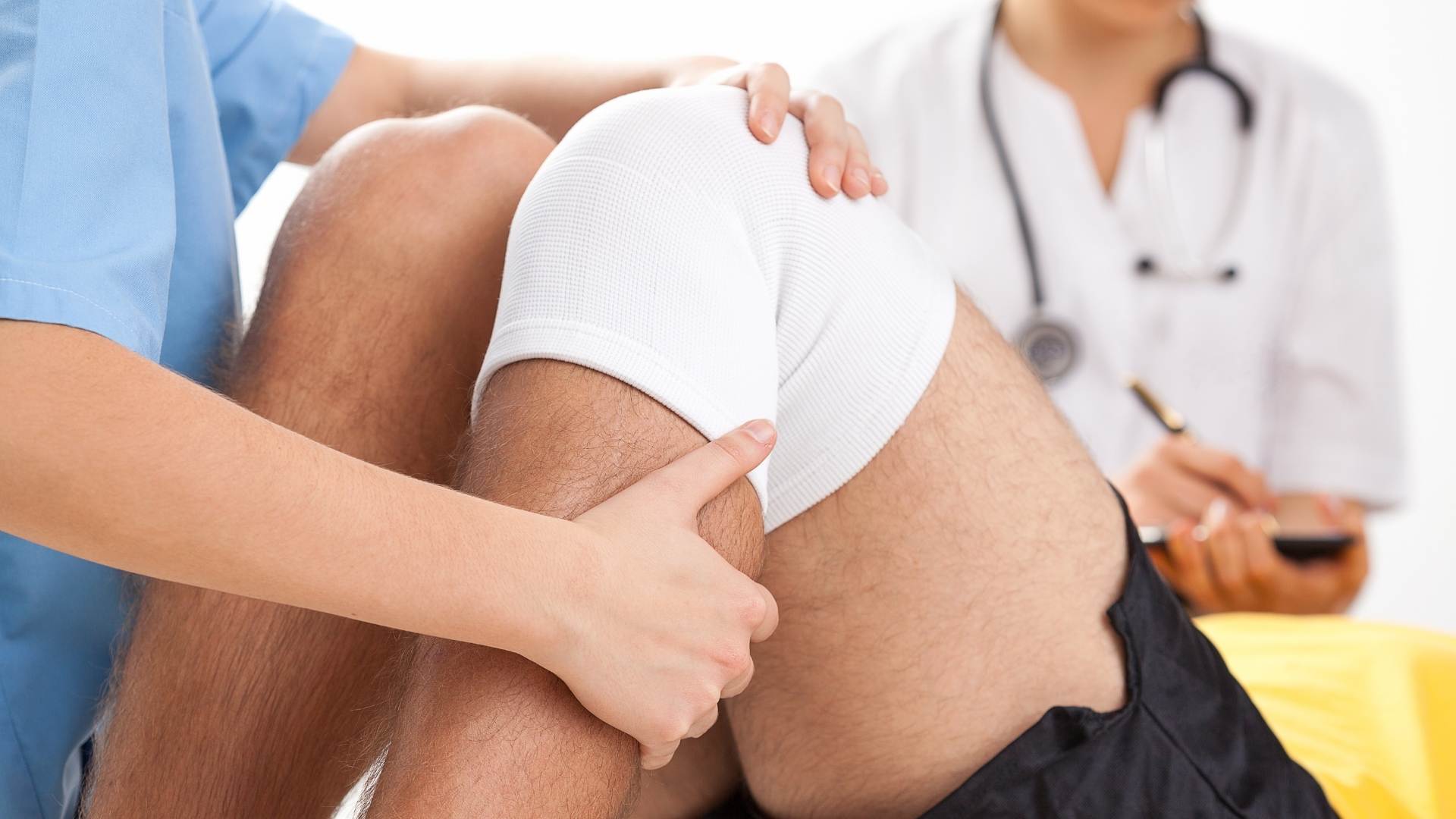All Things Knee Pain
Do you have knee pain? If so, you are not alone. Knee pain is a very common symptom I see in private practice among all age groups, with knee arthritis being one of the leading causes of knee replacement surgery. What if there was a way to manage knee pain without needing surgery?
In this blog post, we will discuss how physiotherapy helps knee pain, some common questions that physiotherapists get about knee pain management, and more!

Will Physio Help Your Knee Pain?
Managing knee pain is not always as simple as resting the knee, icing it up, and waiting for it to go away. This is where a physiotherapist can meet with you, meet you in the middle, you share your experience of knee pain and they share their knowledge to help you feel better, stronger, faster.
Physio Assessment For Knee Pain
Instead, the best place to start is with a thorough assessment of all factors that may contribute to knee pain including muscle strength around the knee joint and entire lower body, core, hips, knees, ankle, and feet, nerve function in your leg which regulates movement, and your general movement patterns, how you walk, jog, run, squat, and jump.

Physio Treatment For Knee Pain
After an assessment, your physio will start treating your knee pain. The first step is usually to improve your function by reducing pain and irritation at the knee joint.
Laser Therapy Is Very Effective At Reducing Pain

Laser therapy works by stimulating tissue repair, reducing inflammation and swelling. It is very effective at reducing knee pain as well as speeding up the recovery time from injury or surgery.
It works with the body’s natural healing processes to bring oxygen-rich blood to the injuries or painful areas to promote healing and reduce pain and inflammation.
It increases cellular metabolism at the site of injuries which how to speeds up the healing process.
Exercise Therapy For Knee Pain
After your knee pain has significantly subsided your physio will then work with you to regain strength, stability, and coordination of the knee, and hip, ankle, and foot. You will be active exercise sessions supervised by your physio and you will do home exercises too. If you want to return to sports after a knee injury your physio can also work with you on sport-specific exercises.

Joint Traction For Knee Pain
Joint traction works by relieving pressure on the knee joint to allow healing to take place. Many clients feel an immediate change as pressure is relieved and nutrients flow into the joint.
Hands-on Therapy For Knee Pain
Physios use a combination of massage therapy, joint mobilizations, and stretching to reduce pain, swelling, and tight muscles around the knee joint to improve the function and movement of the whole lower limb.
How Long Do You Need To See A Physio For Your Knee Pain To Improve?
It is impossible to give a definitive answer, but I generally give 8-12 weeks for knee pain to reduce and normal function to be restored, for example, to completely heal and regain strength and stability. But it differs for everyone depending on the severity of knee pain and injury.

Who Should Consider Getting Physiotherapy For Knee Pain?
Anyone who has knee pain, knee arthritis, knee injury from sports or other activities will benefit from physiotherapy. You can avoid painful surgical with lengthening recovery times and no guarantee of recovery. You can regain confidence in your body, and a new awareness of your body.
I would recommend seeing a physio if knee pain has not subsided after a week or two.
Should You Get Surgery For Knee Pain?
Always get a second opinion. There is no evidence that replacements work in relation to improvements in pain and quality of life. And the recovery time is 6 to 9 months. There is also a high chance of knee arthritis after knee replacement. The best treatment for knee pain or knee injuries is physiotherapy and it can be done without surgery which means you will not have to take the time off work, sport, and activities that you love.
Should I Wear A Knee Brace Or Compression Sleeve?
Yes and no. I would always say try and be as natural as possible and regain that stability through strengthening your muscles, ligaments, and tendons, instead of an external brace. But if you feel more comfortable and confident wearing a brace or sleeve for an important sporting event, like a marathon – wear it. But not all the time – only during the event.

Our bodies can function without aims and bandages if you use them correctly and strengthen them and keep them moving.
Conclusion
I hope this blog was helpful to discuss knee pain with your physio! If you have knee pain it is important to seek physiotherapy treatment as there is a lot your physio can do with you to get you feeling better and pain-free. Like, I say it takes about 8 to 12 weeks for knee pain to reduce and function to be completely restored.
References
[1] https://pubmed.ncbi.nlm.nih.gov/26554281/
[2] https://www.medscape.com/slideshow/evaluatingkneepain-6006108




